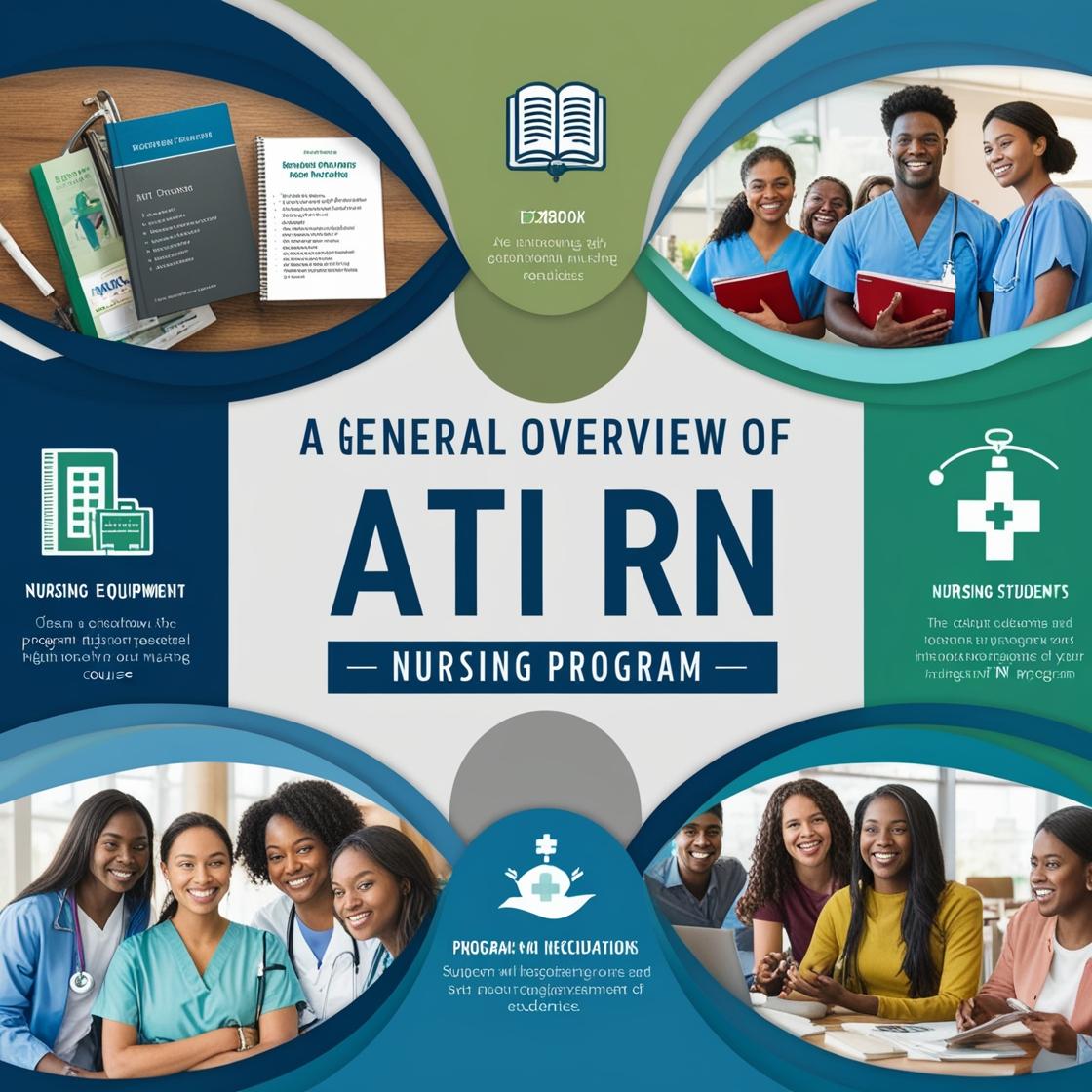ATI RN
ATI Oncology Questions
1. The nurse is instructing the 35 year old client to perform a testicular self-examination. The nurse tells the client:
- A. To examine the testicles while lying down
- B. That the best time for the examination is after a shower
- C. To gently feel the testicle with one finger to feel for a growth
- D. That testicular self-examination should be done at least every 6 months
Correct answer: B
Rationale: The best time to perform a testicular self-examination (TSE) is after a warm shower or bath. The heat from the water relaxes the scrotal skin, making it easier to feel any abnormalities, lumps, or changes in the testicles. This relaxation allows for a more thorough and accurate examination.
2. A patient newly diagnosed with cancer is scheduled to begin chemotherapy treatment and the nurse is providing anticipatory guidance about potential adverse effects. When addressing the most common adverse effect, what should the nurse describe?
- A. Pruritis (itching)
- B. Nausea and vomiting
- C. Altered glucose metabolism
- D. Confusion
Correct answer: B
Rationale: Nausea and vomiting are among the most common and distressing side effects of chemotherapy. Chemotherapy drugs target rapidly dividing cells, including cancer cells, but they also affect healthy cells in the gastrointestinal (GI) tract, triggering the release of chemicals that stimulate the brain’s vomiting center. These side effects can occur immediately (acute), be delayed, or even anticipatory, and often require management with antiemetic (anti-nausea) medications to improve the patient’s comfort and quality of life during treatment.
3. A nurse is planning care for a patient with leukemia who has been experiencing severe fatigue. What is the most appropriate intervention to include in the care plan?
- A. Encouraging the patient to remain in bed
- B. Scheduling frequent rest periods
- C. Providing a high-calorie diet
- D. Administering blood transfusions
Correct answer: B
Rationale: In patients with leukemia, severe fatigue is a common symptom due to factors such as anemia, the disease process itself, and the effects of treatments like chemotherapy. The most appropriate intervention is to schedule frequent rest periods to help manage fatigue while encouraging a balance between rest and activity. This approach allows the patient to conserve energy for essential tasks and prevent exhaustion, without promoting complete inactivity, which can lead to deconditioning.
4. Nurse Lisa is assessing a client who has just completed radiation therapy to the neck area. Which of the following findings is most concerning?
- A. Erythema in the treated area
- B. Difficulty swallowing
- C. Dry, peeling skin
- D. Hoarseness
Correct answer: B
Rationale: Difficulty swallowing (dysphagia) following radiation therapy to the neck area is a significant concern because it can indicate serious complications such as esophageal stricture, inflammation, or damage to the surrounding tissues, including the esophagus. This can lead to malnutrition, dehydration, or aspiration, all of which require prompt intervention. Radiation therapy can cause irritation and scarring in the esophageal and throat tissues, which may progressively worsen if not treated. Therefore, dysphagia should be addressed immediately to prevent further complications.
5. A client has a platelet count of 9800/mm3. What action by the nurse is most appropriate?
- A. Assess the client for calf pain, warmth, and redness.
- B. Instruct the client to call for help to get out of bed.
- C. Obtain cultures as per the facility’s standing policy.
- D. Place the client on protective Isolation Precautions.
Correct answer: B
Rationale: A platelet count of 9800/mm³ indicates severe thrombocytopenia, placing the client at high risk for bleeding, even with minor trauma or injury. Instructing the client to call for help before getting out of bed ensures they receive assistance with mobility, which reduces the risk of falls or injuries that could lead to serious bleeding. Preventing any activity that could result in trauma is crucial when managing clients with very low platelet counts.
Similar Questions

Access More Features
ATI RN Basic
$69.99/ 30 days
- 50,000 Questions with answers
- All ATI courses Coverage
- 30 days access @ $69.99
ATI RN Premium
$149.99/ 90 days
- 50,000 Questions with answers
- All ATI courses Coverage
- 30 days access @ $149.99
